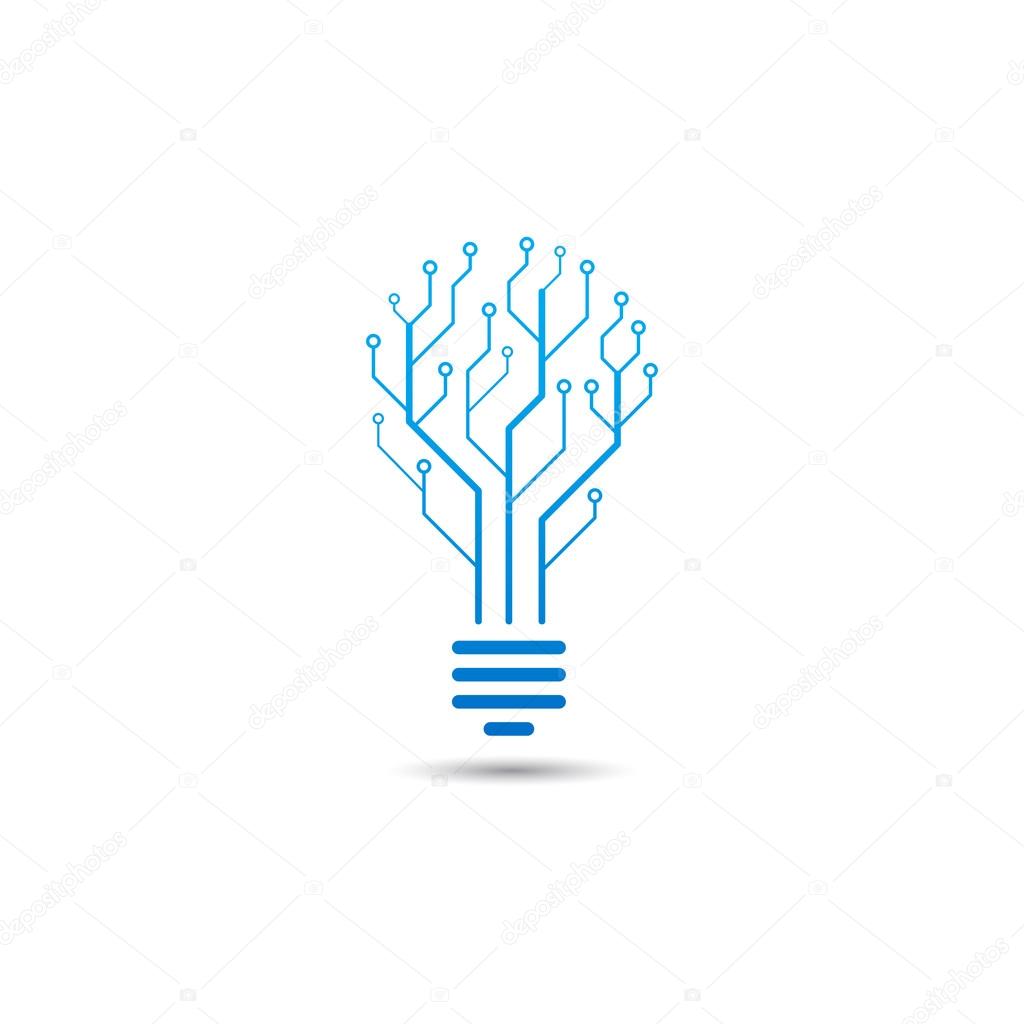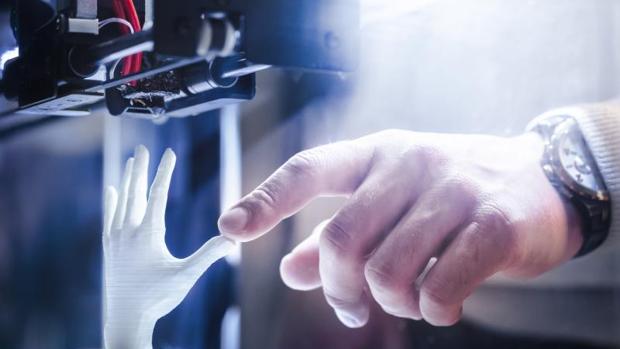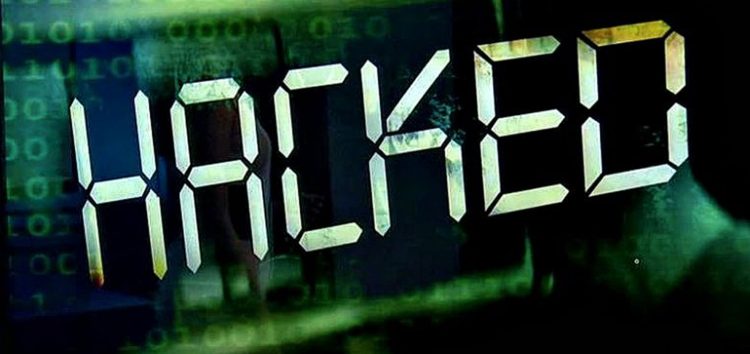Charge your mobile phone with wi-fi: the idea of a Spanish MIT engineer.
Tomás Palacios and other researchers from around the world have developed a new antenna that is capable of converting the wifi signal into electricity to power electronic devices
It may sound almost utopian, but today it is possible to ensure that we are getting closer and closer to forgetting the hated porters once. No, it is not that we are going to eliminate all the devices that currently depend on a battery, but in a few years it will be possible to always have those batteries charged and their energy recharged autonomously. At least that is the idea of the Spanish engineer Tomás Palacios and his colleagues who have just launched the first flexible device capable of converting wifi signals into electricity and bring that energy to the batteries of electronic devices. The invention has been made public in the journal Nature through an investigation in which they explain how they have come to create this 'rectenna' (that's the name of antennas capable of converting electromagnetic waves into electricity). The name is not new because these antennas, as you can see in different publications, have been studied for years, but the difference is that this is the first invention of its kind capable of capturing energy and transferring it to any electronic device without needing of a large structure or rigid elements. The best way to understand the value of this idea is to know how it works. The new antenna picks up the wifi signal, with it is then connected to a new device made of a two-dimensional semiconductor. The signal travels in the semiconductor, which converts it into electricity that could be used to power electronic circuits or recharge batteries. In addition (here is one of the great advances of researchers), the material of the device makes it flexible and can be manufactured in large quantities. The idea is not only to load your phone, but to feed large infrastructures throughout the planet.
"And if we could develop electronic systems that involve a bridge or a road and thus bring artificial intelligence to everything that surrounds us? How would we provide energy to those systems?", Explains Tomás Palacios, researcher and professor in the Department of Electrical Engineering and IT of the MIT. "What we are presenting is a new way of feeding the electronic systems of the future using the energy harvesting of wifi signals, an invention that can be easily integrated into large areas." The first promising applications for the 'rectenna' include the feeding of portable electronic devices, medical tools, and sensors for the 'Internet of things'. In the experiments, the device created by Palacios and his team has shown that it can produce around 40 microwatts of power when exposed to typical Wi-Fi power levels (around 150 microwatts). That is more than enough energy to turn on the screen of a mobile phone or a silicon
But innovation is not only seen in power or applications, but also in the materials used. All the 'rectennas' depend on a component known as 'rectifier', which converts the alternating current signal (the one that captures the signals) into DC power (electricity). The most traditional inventions used for this silicon or gallium arsenide, relatively cheap materials, but rigid and expensive to handle in large quantities. Therefore, this new tool leaves them aside, although it seemed impossible. To build their rectifier, the researchers used a new 2-D material called molybdenum disulfide (MoS2) which is one of the finest semiconductors in the world. The team also discovered a unique behavior of MoS2: when exposed to certain chemicals, the atoms of the material are rearranged in a way that acts as a switch, forcing a phase transition from a semiconductor to a metallic material. This structure is known as a Schottky diode, which is the union of a semiconductor with a metal.
"Such a design has allowed us to create a fully flexible device that is fast enough to cover most of the frequency bands used by our daily electronic products, including Wi-Fi, Bluetooth, cellular LTE, and many others," its creators explain.
Temas relacionados:
También te puede interesar
Esta web se reserva el derecho de suprimir, por cualquier razón y sin previo aviso, cualquier contenido generado en los espacios de participación en caso de que los mensajes incluyan insultos, mensajes racistas, sexistas... Tampoco se permitirán los ataques personales ni los comentarios que insistan en boicotear la labor informativa de la web, ni todos aquellos mensajes no relacionados con la noticia que se esté comentando. De no respetarse estas mínimas normas de participación este medio se verá obligado a prescindir de este foro, lamentándolo sinceramente por todos cuantos intervienen y hacen en todo momento un uso absolutamente cívico y respetuoso de la libertad de expresión.
No hay opiniones. Sé el primero en escribir.














